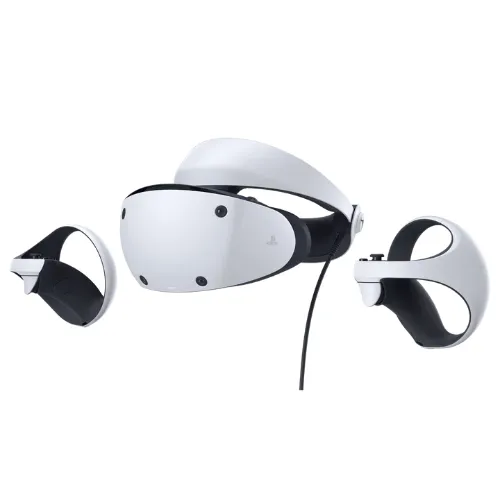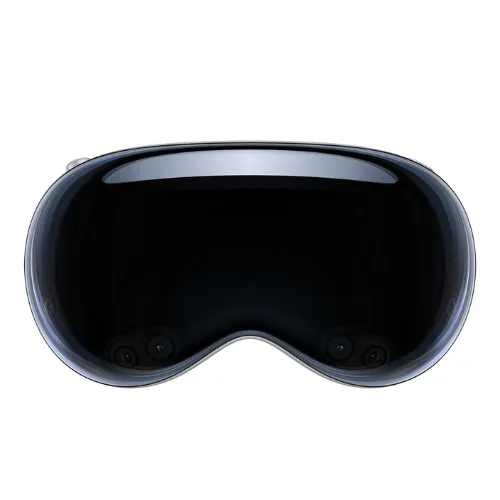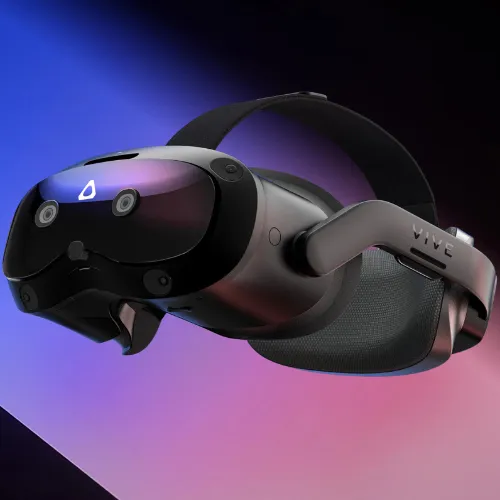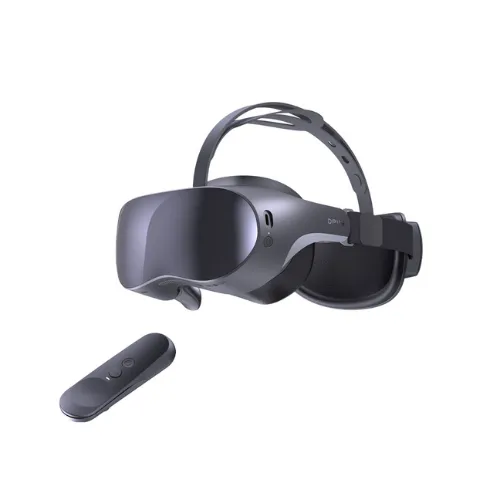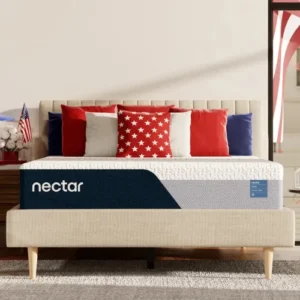Now Reading: Best Virtual Reality Devices Top 5 Picks for Immersive Experiences
1
-
01
Best Virtual Reality Devices Top 5 Picks for Immersive Experiences
Best Virtual Reality Devices Top 5 Picks for Immersive Experiences
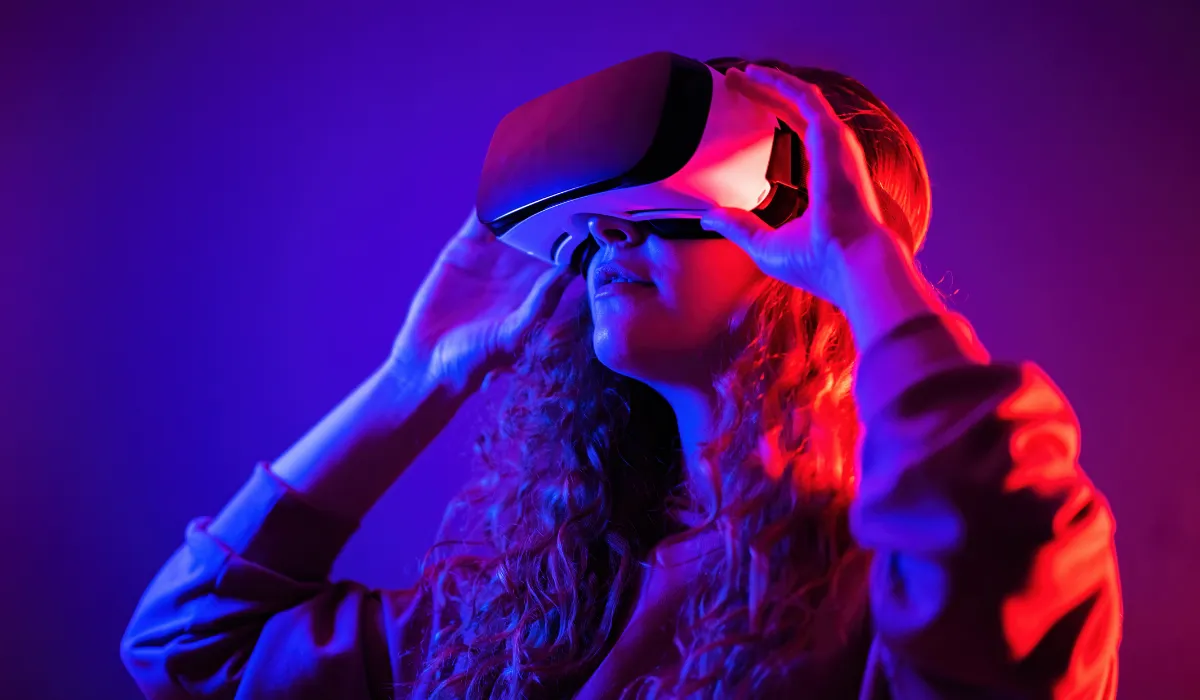
Stay Informed With the Latest & Most Important News
Previous Post
Next Post
Popular Now
-
 01Top 5 Gaming Chairs Brands in 2025: Expert Reviews & Rankings
01Top 5 Gaming Chairs Brands in 2025: Expert Reviews & Rankings -
 02Top 5 Wearable Tech Devices for Active Lifestyles
02Top 5 Wearable Tech Devices for Active Lifestyles -
 03Top 5 Gaming Mouse Brands for Competitive Play in 2025
03Top 5 Gaming Mouse Brands for Competitive Play in 2025 -
 04Sleep Smarter: The 5 Best Mattress Brands of 2025
04Sleep Smarter: The 5 Best Mattress Brands of 2025 -
 05Top 5 Drones to Buy in 2025 – Aerial Photography & Racing
05Top 5 Drones to Buy in 2025 – Aerial Photography & Racing -
 06Top 5 Choice for High-Potency CBD Products
06Top 5 Choice for High-Potency CBD Products -
 07Top 5 4K Dash Cams for Ultimate Road Clarity
07Top 5 4K Dash Cams for Ultimate Road Clarity
Scroll to Top


